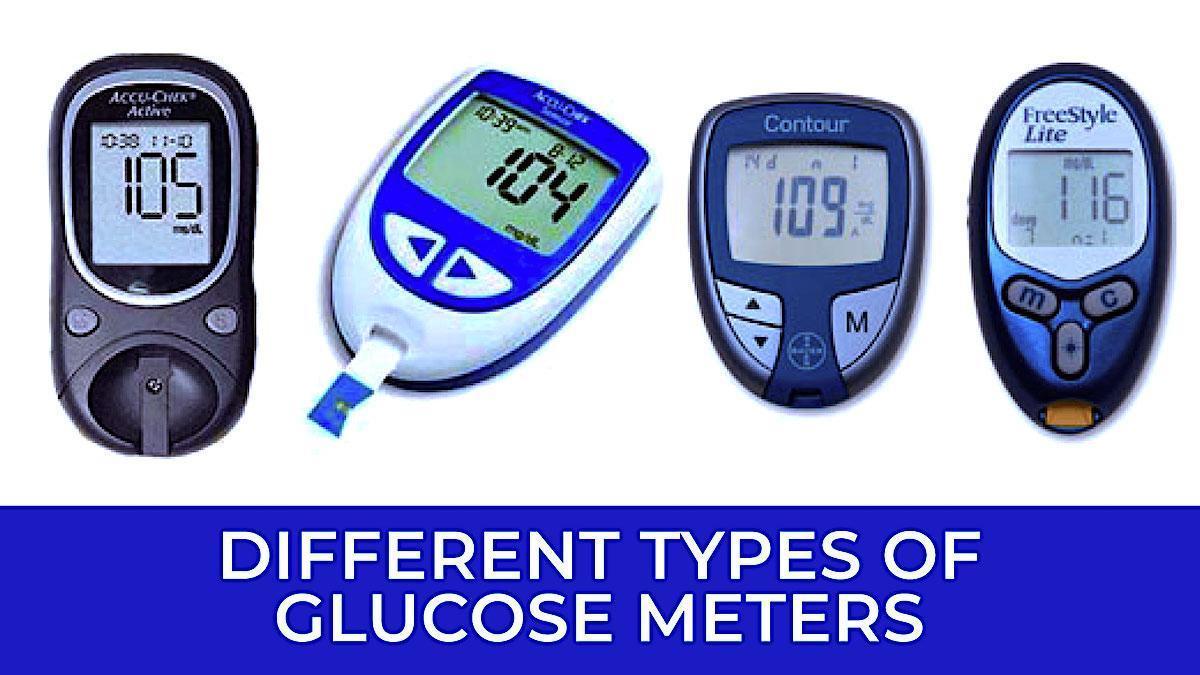Managing diabetes requires both consistency and adaptability to stay on top of blood glucose levels, meal planning, and physical activity. While general guidelines are essential, incorporating quick hacks can help make daily diabetes management smoother, more practical, and less overwhelming. These small adjustments offer time-saving, effective ways to support your blood glucose control. Each hack works like a practical shortcut, helping you stay on track with minimal hassle. From meal timing tricks to leveraging technology, these ideas aim to make diabetes management more accessible and manageable in real-life situations.

Why Diabetes Hacks Are Important?
While traditional diabetes management techniques offer a reliable foundation, daily challenges call for adaptable, on-the-spot solutions. Diabetes hacks are vital for handling these unexpected situations in a practical, accessible way.
Textbook recommendations don’t always cover the nuances of daily life — like needing a quick glucose fix when you’re on the go or a handy snack to prevent spikes.
Hacks provide alternative strategies to streamline diabetes control and allow flexibility without compromising effectiveness. The more tools you have in your diabetes management toolkit, the easier it becomes to handle unexpected scenarios, meet daily goals, and reduce stress around your condition. Using these practical tips, you can achieve smoother, more personalized diabetes control.
Read More: Top 10 Diabetes Medications

Practical Hacks for Diabetes Management

-
“Carb Buffer” Salad Trick
Starting meals with a small portion of fiber-rich salad or raw vegetables like cucumber, lettuce, or celery is a great way to create a “carb buffer.” Fiber in these vegetables helps slow down the digestion and absorption of carbohydrates in your main meal, leading to a gentler increase in blood glucose levels.
The fibrous veggies form a layer that delays carb absorption, reducing the likelihood of sharp spikes post-meal. Plus, these low-calorie veggies can help fill you up, supporting portion control. This small step can make a noticeable difference in blood glucose stability, especially when eating meals with moderate to high carb content.
-
Plate-Flip Eating Order
Consider flipping the traditional order in which you eat your meal: start with protein and fiber-rich vegetables before moving on to the carbohydrates on your plate. When you eat protein and fiber first, they slow down the breakdown and absorption of the carbs that follow, minimizing post-meal blood glucose surges.
For example, you might eat grilled chicken and a side of greens before digging into the rice or pasta portion of your meal. This order can help prevent blood glucose from rising too rapidly and keeps you feeling satisfied longer, making it easier to manage portions and reduce cravings.
-
Keep Your Diabetes Essentials Handy
Always have a diabetes kit within arm’s reach. It’s crucial to keep essentials like your glucose meter, test strips, insulin, or any other required medications ready at all times. Having a compact, organized bag with all these items means you’re prepared no matter where you are, reducing stress and the risk of complications.
Not only does this promote better control, but it also serves as a reminder to monitor and take action when needed. Whether you’re at work, running errands, or traveling, keeping your essentials handy allows you to handle any diabetes-related situation promptly.
-
Focus on Plant Proteins
Incorporate more plant-based proteins into your diet, such as lentils, chickpeas, tofu, and nuts. Plant proteins are generally lower in calories and fats compared to animal proteins and come with added fiber, which aids in glucose control by slowing digestion. They also help you feel full without causing blood sugar spikes, making them an excellent choice for maintaining stable glucose levels.
Additionally, plant proteins contain a variety of nutrients and antioxidants that support overall health. Adding a mix of plant proteins to your diet can help balance blood glucose while keeping meals interesting and satisfying.
-
Have Juice Boxes Ready for Hypoglycemia (Low-Sugar) Episodes
For those managing diabetes, especially those using insulin, hypoglycemia (low blood sugar) can happen unexpectedly. Keeping small juice boxes with you is a quick and convenient solution. Juice contains simple sugars that can rapidly elevate blood glucose levels, providing relief within minutes. Unlike candy or other snacks, juice is quickly absorbed, making it ideal for emergencies. The controlled portion size of a juice box helps you treat low blood sugar without overdoing it, allowing for more precise glucose control when managing hypoglycemic episodes.
-
Snack on Sour Foods
Sour snacks like olives, pickles, and sauerkraut can be surprisingly helpful for blood sugar control. These foods are generally low in carbs and contain acetic acid, which slows down the digestion of carbs, leading to a more gradual rise in blood glucose levels.
Additionally, sour flavors can curb cravings, making it easier to avoid sugary snacks that can lead to spikes.
Pickled vegetables are convenient, portable, and packed with flavor, offering a satisfying option when you need something quick. They’re also a great addition to meals, adding tang without affecting your glucose levels significantly.
-
Cinnamon Coffee Boost
Cinnamon is known to help improve insulin sensitivity, making it a beneficial addition to your morning coffee. Adding a small amount of cinnamon instead of sugar or flavored syrups provides a natural way to enhance taste without added carbs.
Cinnamon’s active compounds may help cells better respond to insulin, resulting in better glucose uptake from the blood.
By adding it to coffee or tea, you can enjoy a flavorful beverage while supporting your blood sugar control efforts. Just a half-teaspoon is enough to make a positive difference without altering the taste too much.
-
Leverage Tech Tools for Smart BGL Management
Today’s technology offers countless tools to help manage diabetes more effectively. From continuous glucose monitors (CGMs) that provide real-time blood sugar readings to mobile apps that track diet, exercise, and glucose trends, these devices can make a big impact on your diabetes control.
Using a CGM or pairing a blood glucose monitor with a smartphone app lets you monitor fluctuations, set reminders, and even predict trends. Such tools can alert you to potential issues before they become problematic, empowering you to make timely adjustments to your meals, insulin, or activity levels.
These hacks go beyond the usual routines to provide easy, actionable strategies for better blood glucose management in your daily life. Integrating a few of these can make a big difference in your short- and long-term diabetes control.Last Updated on by Dr. Damanjit Duggal
Disclaimer
This site provides educational content; however, it is not a substitute for professional medical guidance. Readers should consult their healthcare professional for personalised guidance. We work hard to provide accurate and helpful information. Your well-being is important to us, and we value your feedback. To learn more, visit our editorial policy page for details on our content guidelines and the content creation process.

 English
English












